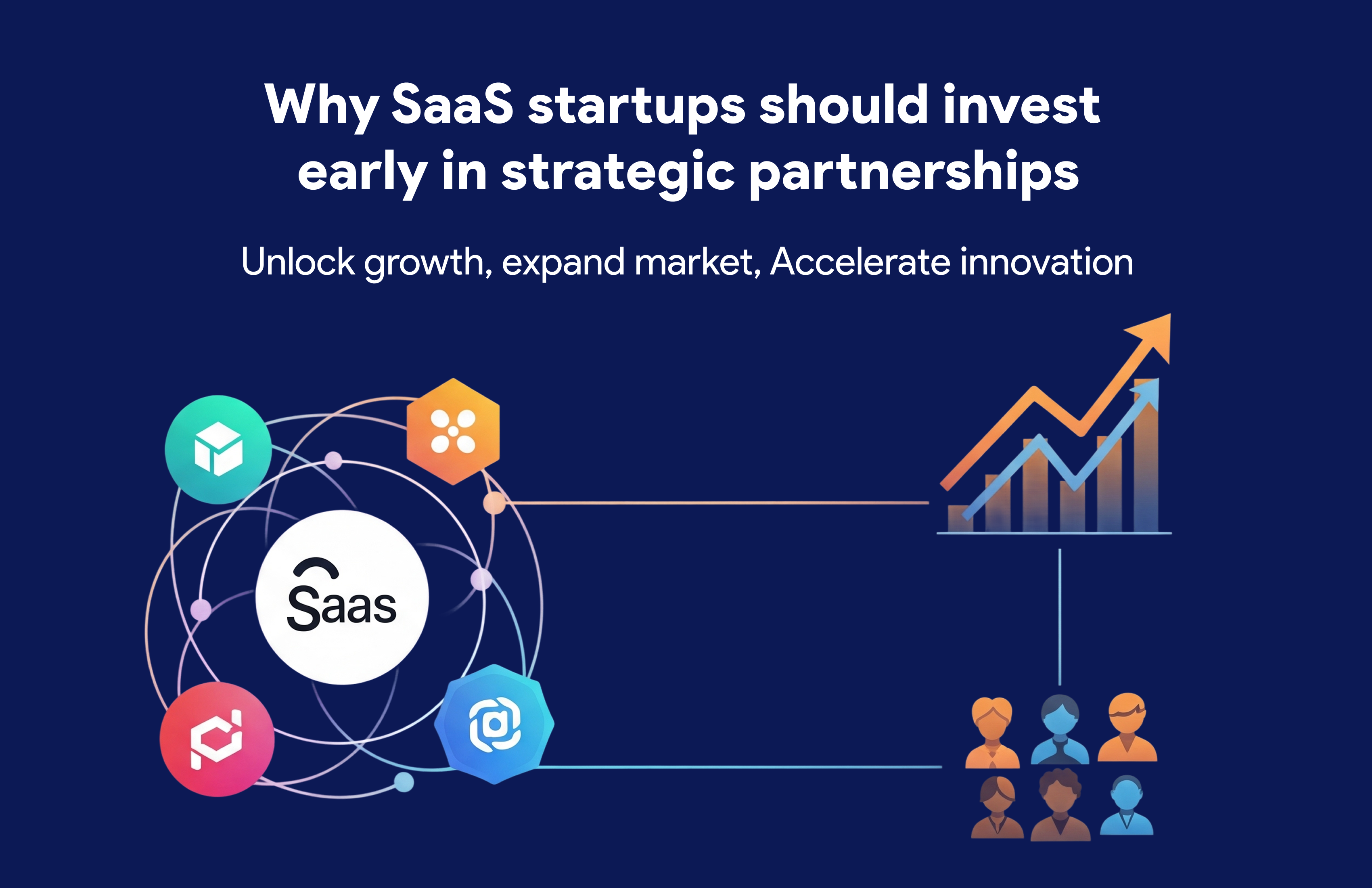
Nearly 71% of consumers are willing to try co-branded products or services.
Do you know why? Because trust drives their decisions.
Just like you, your customers want to feel confident before buying. When that confidence comes as a recommendation through their favorite brand, the hesitation to try something new disappears.
That’s the unique power of a strong co-branding partnership strategy.
It’s not just two logos side by side. It’s two brands going beyond boardroom strategies, using each other’s strengths to co-create a product, service, or campaign, and gaining recognition together in a new market.
And, let’s be honest, you want it all (So for you exclusively, we at Lystloc make partnership simple and effective).
Why is Co-branding in 2025 Matter for Your Business?
Table of Contents
- Hit the right market faster – Start by partnering with brands already serving your target industry to solve real problems or demands of your existing customers. This avoids wasted efforts chasing uninterested prospects, instead maximizing relevance and reducing churn.
- Reach decision-makers directly – Co-branding connects you to audiences that match your product’s scale and budget. Whether targeting SMBs or large enterprises, partnerships open doors to true decision-makers, cutting through common dead ends.
- Build credibility at speed – Customers familiar with your partner recognize their needs sooner and are ready to act. This can reduce your time spent on pitching to unprepared prospects and speed up customer buy-in compared to going solo.
- Share knowledge smarter– Pooling marketing resources and efforts with a leading or well known business partner sharpens targeting and makes your pipeline management more effective.
- Split risks, multiply higher ROI – Collaborating means sharing both costs and risks. With the right partnerships, you can combine budgets for ads, promotions, and events, lower expenses, and improve returns.
Now, pause and think –
- Can you achieve all these alone?
- What’s the true cost of pitching prospects before they’re ready?
- How much does it matter to reduce risk potential but boost revenue at the same time?
You know the answer: when assumptions and guesswork are less, you get more conversions and build stronger retention that is worth your investment.
| Spoiler: If you’re hunting growth through strategic co-branding partnership, let Lystloc powered AI-native LystCRM do the heavy lifting for you. |
Different Co-branding Partnership Models that Can Power Your Business Growth
| Co-Branding type | What it is | What its advantages |
| Ingredient | A brand provides essential components that are incorporated into another brand’s product. | You can boost product quality and enhance brand recognition. |
| Joint venture | Two brands start a setup to establish and market entirely new products or services that neither launches on their own. | You can share risk potential and reduce development costs. |
| Co-operative | Brands collaborate on marketing activities to promote together. | You can enhance visibility and boost sales through joint efforts. |
| Licensing | Here different brands license each other’s intellectual property to develop products. | You can grow brand reach and innovation through shared creative assets. |
| Product endorsement | A leading face or public figure supports brands, often via testimonials, social media, or ads. | You can boost trust and credibility of your brand by using the endorser’s popularity and authority. |
If you’re still wondering whether this collaboration drives mutual value, here’s the reality check.
Proven Examples Show How Partnerships Build Unstoppable Brands
1. GoPro + Red Bull
In 2012, Red Bull and GoPro collaborated on an event where Felix Baumgartner jumped from nearly 24 miles above Earth, wearing a GoPro camera. Red Bull invested around $65 million to back this historic jump. The event broke records:
- The YouTube live stream got more than 340 million views before the jump.
- A German news channel had over 6.5 million people watching the landing live.
- On social media, people posted about 3 million tweets on the event.
This partnership created an unforgettable experience while driving massive global reach and engagement.
2. Nike + iPod Sports Kit
Next, it’s about our common favorite brands. Nike and Apple teamed up to transform shared experience on how people run. Nike brought its expertise in fitness, while Apple provided the technology, integrating a sensor into the runners’ shoes. So they can track progress and get instant feedback on smart workouts. This is how this partnership benefits their customers through ingredient branding.
3. Uber + Spotify
A few years back, riders waiting for their Uber often struggled with one small problem: finding the right music for the trip. Uber spotted this gap and teamed up with Spotify to create “a soundtrack for your ride.” So the riders could connect their Spotify playlists to the Uber app, their favorite songs would play instantly the moment the ride started. The result? By the first quarter of 2015, Spotify had already reached 68 million monthly active users.
In short, a small convenience, a seamless engaging experience, and significant values can make you win. Isn’t it amazing?
Is Co-marketing and Co-branding Strategy the Same?
Not really. Both fall under the broader strategic marketing umbrella, but they help you achieve goals differently.
Co-marketing focuses on short-term promotion for existing products or services together, while co-branding pushes to create something new. It helps you decide how to position your brand. Unlike co-marketing, it builds a long-term relationship between you, your partners, and wider customers.
While their execution differs, both strategies underline one thing clearly – why investing in strategic partnerships isn’t just an option anymore, it’s the undeniable growth choice in today’s competitive market.
Is There Any Risk Associated with Co-branding Partnerships?
Yes, there are a few disadvantages, and you must be aware of them:
- Identity dilution: Poor execution of a co-branding strategy can create confusion about what each brand really stands for.
- Negative association: If your partner is in crisis, it can impact how people see you. You may have to face collateral damage.
- Rise of complexities: Joint ventures, legal agreements, and profit sharing can be complicated and time-consuming matters. So you must be patient.
- Conflict of interest: If you and your partners don’t share long-term values and goals, conflicts can arise, potentially affecting both brands’ reputations.
- Too much dependency risk: Heavy dependency on your alliances can make your brand vulnerable if anything falls apart.
The Bottom Line on Partnership Strategy
There are risks, of course – but they’re matched by endless opportunities.
As a C-suite leader, you decide whether to play it safe or expand strategically with a strong partner through a well-planned partnership marketing approach.
If your decision is to collaborate, innovate, and grow, take your first step with us via email at partners@lystloc.com.
Let’s replicate top-deal successes and build predictable growth – together.

